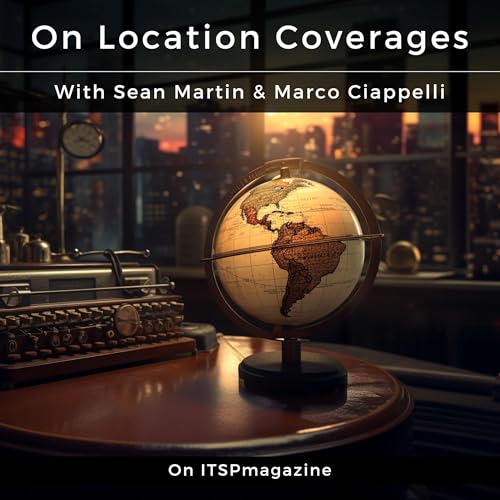⬥EPISODE NOTES⬥
Artificial intelligence is reshaping how public health organizations manage data, interpret trends, and support decision-making. In this episode, Sean Martin talks with Jim St. Clair, Vice President of Public Health Systems at a major public health research institute, Altarum, about what AI adoption really looks like across federal, state, and local agencies.
Public health continues to face pressure from shifting budgets, aging infrastructure, and growing expectations around timely reporting. Jim highlights how initiatives launched after the pandemic pushed agencies toward modernized systems, new interoperability standards, and a stronger foundation for automated reporting. Interoperability and data accessibility remain central themes, especially as agencies work to retire manual processes and unify fragmented registries, surveillance systems, and reporting pipelines.
AI enters the picture as a multiplier rather than a replacement. Jim outlines practical use cases that public health agencies can act on now, from community health communication tools and emergency response coordination to predictive analytics for population health. These approaches support faster interpretation of data, targeted outreach to communities, and improved visibility into ongoing health activity.
At the same time, CISOs and security leaders are navigating a new risk environment as agencies explore generative AI, open models, and multi-agent systems. Sean and Jim discuss the importance of applying disciplined data governance, aligning AI with FedRAMP and state-level controls, and ensuring that any model running inside an organization’s environment is treated with the same rigor as traditional systems.
The conversation closes with a look at where AI is headed. Jim notes that multi-agent frameworks and smaller, purpose-built models will shape the next wave of public health technology. These systems introduce new opportunities for automation and decision support, but also require thoughtful implementation to ensure trust, reliability, and safety.
This episode presents a realistic, forward-looking view of how AI can strengthen the future of public health and the cybersecurity responsibilities that follow.
⬥GUEST⬥
Jim St. Clair, Vice President, Public Health Systems, Altarum | On LinkedIn: https://www.linkedin.com/in/jimstclair/
⬥HOST⬥
Sean Martin, Co-Founder at ITSPmagazine and Host of Redefining CyberSecurity Podcast | On LinkedIn: https://www.linkedin.com/in/imsmartin/ | Website: https://www.seanmartin.com
⬥RESOURCES⬥
N/A
⬥ADDITIONAL INFORMATION⬥
✨ More Redefining CyberSecurity Podcast:
🎧 https://www.seanmartin.com/redefining-cybersecurity-podcast
Redefining CyberSecurity Podcast on YouTube:
📺 https://www.youtube.com/playlist?list=PLnYu0psdcllS9aVGdiakVss9u7xgYDKYq
📝 The Future of Cybersecurity Newsletter: https://www.linkedin.com/newsletters/7108625890296614912/
Contact Sean Martin to request to be a guest on an episode of Redefining CyberSecurity: https://www.seanmartin.com/contact
⬥KEYWORDS⬥
sean martin, jim st. clair, ai, interoperability, public health, data governance, population health, cybersecurity, ciso, automation, redefining cybersecurity, cybersecurity podcast, redefining cybersecurity podcast
Hosted by Simplecast, an AdsWizz company. See pcm.adswizz.com for information about our collection and use of personal data for advertising.
 10 m
10 m 34 m
34 m 35 m
35 m 40 m
40 m 44 m
44 m 19 m
19 m 46 m
46 m 44 m
44 m
